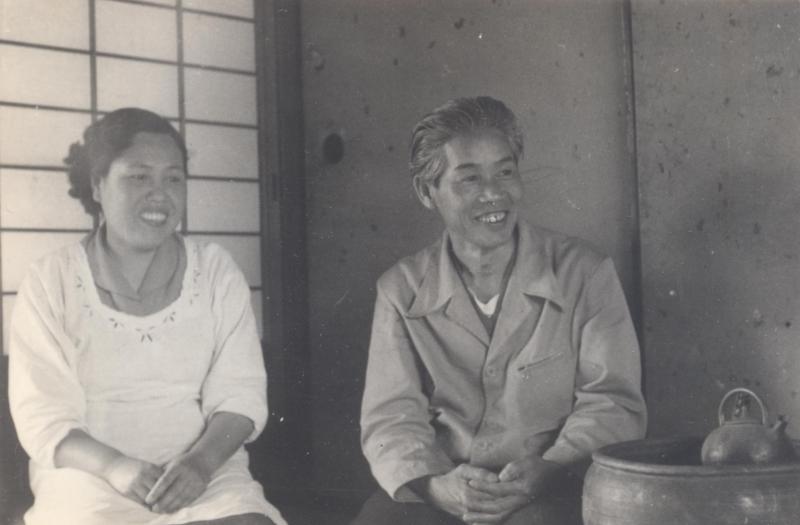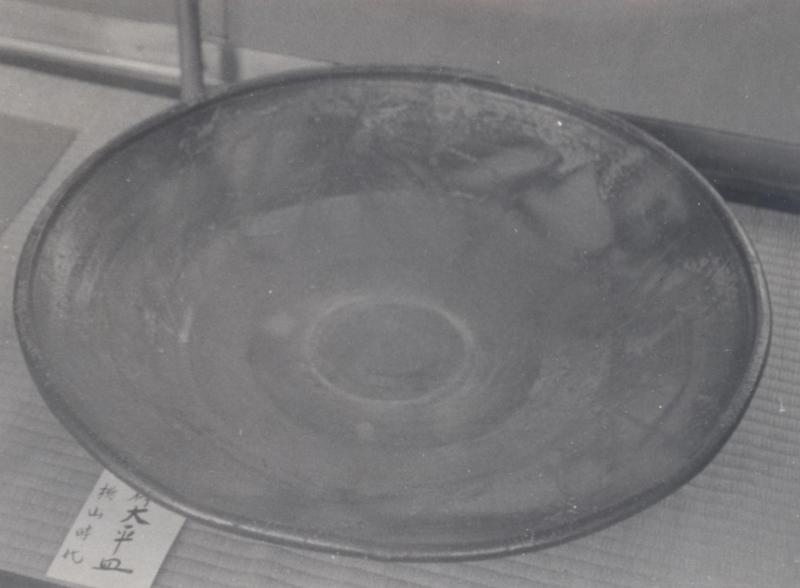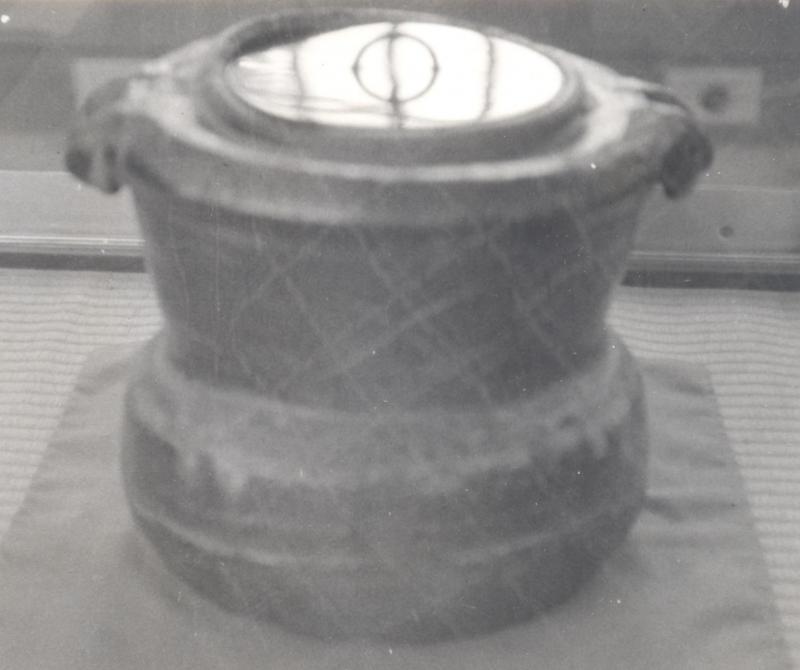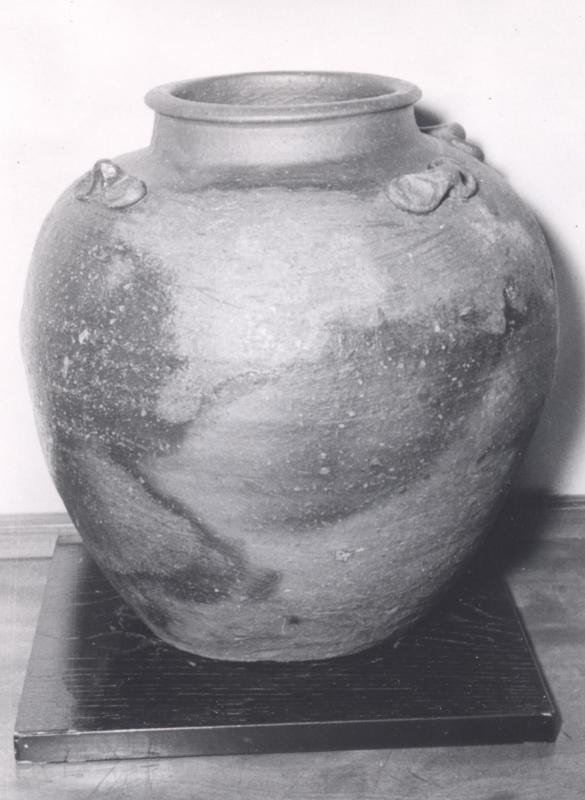The History of Bizen Pottery
Bizen ware emerged during the Heian Era in Imbe village, Bizen Province. It took on its signature brick-red color during the Kamakura period (1192 - 1333). Bizen ware is considered one of Japan's "Six Ancient Kilns." These kilns were the most prominent sites of pottery production in Japan.
Bizen ware is most often a brick-red color, although it sometimes can be brown or bronze. It is generally unglazed owing to the type of clay used to make it [CITE]. Bizen ware has remained an indispensable tradition of pottery for almost 1,000 years. Its longevity is attributed to its simple, rustic nature. This quality suits the aesthetic of wabi-sabi, a concept focused on cherishing the imperfect and temporary things in life. [CITE: https://kogeijapan.com/locale/en_US/bizenyaki/]. Some lovers of this style of ware feel that frequent handling of it contributes to its beauty; thus, the beauty of Bizen ware is in its constant change.



